本物か?国宝の金印「漢委奴国王」で研究者が激論
今からおよそ2000年前の弥生時代に、中国の皇帝から与えられ、江戸時代に見つかったとされている国宝の金印は、はたして本物なのか。金印を所蔵する福岡市博物館は、本物だとしながらも真がんをめぐるシンポジウムを初めて開き、本物と偽物それぞれの立場をとる研究者が激論を交わしました。
この金印は、福岡市の志賀島で江戸時代に見つかったとされ、「漢委奴国王」という5つの文字が記されています。今からおよそ2000年前の弥生時代に、中国の後漢の皇帝から九州北部にあった「奴国」の王に与えられたとする見解が定着し、国宝に指定されていますが、後世の偽物ではないかとする説が一部の研究者から出ています。
シンポジウムは、金印を所蔵する福岡市博物館が、本物と偽物それぞれの立場をとる研究者を招いて初めて開き、まず3人の研究者が基調講演で自説を展開しました。
このあと討論が行われ、この中でNPO・工芸文化研究所の鈴木勉理事長は、文字を彫った痕などが江戸時代に一般的だった印の特徴を備えていると指摘し、「のちに製作された偽物の可能性が非常に高い」と主張しました。
一方、明治大学文学部の石川日出志教授は、中国各地で見つかっている古代の印の形や金の純度を比較した結果、「後漢時代の本物に間違いない」と訴え、偽物説に反論しました。
シンポジウムでは、文字やつまみの形などをめぐって激しい議論が交わされましたが、双方とも最後までそれぞれの主張を譲りませんでした。
福岡市博物館は、金印は本物だとする立場を変えていませんが、今回のシンポジウムについて、有馬学館長は「歴史的な価値が確定したかのように思われている資料でさえ、さまざまな見方ができ、学問的な根拠がぶつかっている。こうした議論があることを多くの方に知ってもらうことで、文化遺産についての理解が一層深まると思います」と話していました。
シンポジウムは、金印を所蔵する福岡市博物館が、本物と偽物それぞれの立場をとる研究者を招いて初めて開き、まず3人の研究者が基調講演で自説を展開しました。
このあと討論が行われ、この中でNPO・工芸文化研究所の鈴木勉理事長は、文字を彫った痕などが江戸時代に一般的だった印の特徴を備えていると指摘し、「のちに製作された偽物の可能性が非常に高い」と主張しました。
一方、明治大学文学部の石川日出志教授は、中国各地で見つかっている古代の印の形や金の純度を比較した結果、「後漢時代の本物に間違いない」と訴え、偽物説に反論しました。
シンポジウムでは、文字やつまみの形などをめぐって激しい議論が交わされましたが、双方とも最後までそれぞれの主張を譲りませんでした。
福岡市博物館は、金印は本物だとする立場を変えていませんが、今回のシンポジウムについて、有馬学館長は「歴史的な価値が確定したかのように思われている資料でさえ、さまざまな見方ができ、学問的な根拠がぶつかっている。こうした議論があることを多くの方に知ってもらうことで、文化遺産についての理解が一層深まると思います」と話していました。
志賀島金印とは
歴史の教科書などでおなじみのこの金印は、江戸時代の中ごろ、現在の福岡市の志賀島で水田の溝を修理していた農民が土の中から見つけたとされています。
正方形の印面は1辺が2.3センチ、重さ108グラムの純金製で、とぐろを巻いたような蛇の形をした「つまみ」があり、印面には漢、委、奴、国、王の5つの文字が3行にわたって彫り込まれています。
福岡市博物館によりますと、読み方は諸説ありますが「漢の委の奴の国王」と読み、「漢に朝貢する倭の中の奴国の王」という意味だとする考えが通説となっています。
中国の古代王朝は周辺の国に対して主従関係の証しとして印を与えていて、中国の歴史書「後漢書」には西暦57年に、「後漢に貢ぎ物を持ってあいさつに来た倭の奴国に対して、皇帝が印を与えた」という記述があります。
志賀島の金印はこの記述に相当するという見解が定着し、九州北部の「奴国」が中国の王朝と交流していたことを物語る歴史的価値の高い資料として、昭和6年に国宝に指定され、現在は福岡市博物館で実物が常設展示されています。
一方、この金印をめぐっては、後世に作られたのではないかとする疑問の声もあり、千葉大学の三浦佑之名誉教授が10年余り前に「江戸時代に作られた偽物だ」とする説を発表するなど、真がんをめぐる論争が続いています。
正方形の印面は1辺が2.3センチ、重さ108グラムの純金製で、とぐろを巻いたような蛇の形をした「つまみ」があり、印面には漢、委、奴、国、王の5つの文字が3行にわたって彫り込まれています。
福岡市博物館によりますと、読み方は諸説ありますが「漢の委の奴の国王」と読み、「漢に朝貢する倭の中の奴国の王」という意味だとする考えが通説となっています。
中国の古代王朝は周辺の国に対して主従関係の証しとして印を与えていて、中国の歴史書「後漢書」には西暦57年に、「後漢に貢ぎ物を持ってあいさつに来た倭の奴国に対して、皇帝が印を与えた」という記述があります。
志賀島の金印はこの記述に相当するという見解が定着し、九州北部の「奴国」が中国の王朝と交流していたことを物語る歴史的価値の高い資料として、昭和6年に国宝に指定され、現在は福岡市博物館で実物が常設展示されています。
一方、この金印をめぐっては、後世に作られたのではないかとする疑問の声もあり、千葉大学の三浦佑之名誉教授が10年余り前に「江戸時代に作られた偽物だ」とする説を発表するなど、真がんをめぐる論争が続いています。
「本物」の根拠は
金印は「本物」だと主張している明治大学文学部の石川日出志教授は、その根拠として彫られた文字の特徴や飾りの形、それに金の純度などを挙げています。
石川教授は弥生時代の考古学が専門で、これまでに中国で見つかっている古い時代の印の外見や、刻まれた文字の特徴との比較などを基に研究を進めてきました。
それによりますと、古代中国の印は彫られた文字の形が時代ごとに変化するため、製作年代を判定しやすく、志賀島の金印は「漢」の字の「偏」の上半分がわずかに曲がっている点や、「王」の真ん中の横線がやや上に寄っている点が、中国の後漢初期の文字の特徴をよく表しているということです。
また、蛇の形をしたつまみについて、中国や周辺の各地で発見された同じような形の印と比較すると、後漢初めごろに製作されたものが最も特徴が近いとしています。
さらに、志賀島の金印に含まれる金の純度は90%以上と、古代中国の印とほぼ同じだとして、石川教授は「江戸時代にこのような印を作ることはできず、後漢のものだとして何ら問題がない。金印は本物に間違いない」と主張しています。
石川教授は弥生時代の考古学が専門で、これまでに中国で見つかっている古い時代の印の外見や、刻まれた文字の特徴との比較などを基に研究を進めてきました。
それによりますと、古代中国の印は彫られた文字の形が時代ごとに変化するため、製作年代を判定しやすく、志賀島の金印は「漢」の字の「偏」の上半分がわずかに曲がっている点や、「王」の真ん中の横線がやや上に寄っている点が、中国の後漢初期の文字の特徴をよく表しているということです。
また、蛇の形をしたつまみについて、中国や周辺の各地で発見された同じような形の印と比較すると、後漢初めごろに製作されたものが最も特徴が近いとしています。
さらに、志賀島の金印に含まれる金の純度は90%以上と、古代中国の印とほぼ同じだとして、石川教授は「江戸時代にこのような印を作ることはできず、後漢のものだとして何ら問題がない。金印は本物に間違いない」と主張しています。
「偽物」の根拠は
金印は江戸時代に偽造された可能性が高いと主張するNPO・工芸文化研究所の鈴木勉理事長は、金印に残る彫りあとの特徴が古代中国で作られたとされる印と大きく異なっていると指摘しています。
鈴木理事長は金属製品など古代の工芸技術に詳しく、金印の製作技法に着目した研究を進めてきました。
それによりますと、志賀島の金印とほぼ同じ時期のもので、特徴もよく似ているとして「本物説」の根拠の1つとなっている中国で見つかった「広陵王璽」という印は、たがねで文字を一気に彫り進める「線彫り」と呼ばれる高度な技法で製作されています。
これに対して、志賀島の金印は文字の中心線を彫ったあと、別の角度からもたがねを打ち込んで輪郭を整える「さらい彫り」という技法が使われていると鈴木理事長は指摘します。
さらに前漢から後漢の印の多くは、1つの線がほぼ均一の太さで彫られているのに対し、志賀島の金印は中央から端に向かって太くなる特徴があるうえ、印面に対する文字の部分の面積が、ほかの印と比べて突出して大きいということです。
鈴木理事長は「さらい彫り」やこうした文字の特徴は、江戸時代の印によく見られるとして、「金印は江戸時代に作られた偽物の可能性が非常に高い」と指摘しています。https://www3.nhk.or.jp/news/html/20180121/k10011296541000.html?utm_int=news_contents_news-main_007
鈴木理事長は金属製品など古代の工芸技術に詳しく、金印の製作技法に着目した研究を進めてきました。
それによりますと、志賀島の金印とほぼ同じ時期のもので、特徴もよく似ているとして「本物説」の根拠の1つとなっている中国で見つかった「広陵王璽」という印は、たがねで文字を一気に彫り進める「線彫り」と呼ばれる高度な技法で製作されています。
これに対して、志賀島の金印は文字の中心線を彫ったあと、別の角度からもたがねを打ち込んで輪郭を整える「さらい彫り」という技法が使われていると鈴木理事長は指摘します。
さらに前漢から後漢の印の多くは、1つの線がほぼ均一の太さで彫られているのに対し、志賀島の金印は中央から端に向かって太くなる特徴があるうえ、印面に対する文字の部分の面積が、ほかの印と比べて突出して大きいということです。
鈴木理事長は「さらい彫り」やこうした文字の特徴は、江戸時代の印によく見られるとして、「金印は江戸時代に作られた偽物の可能性が非常に高い」と指摘しています。https://www3.nhk.or.jp/news/html/20180121/k10011296541000.html?utm_int=news_contents_news-main_007
とても興味深く読みました:考古学に興味があります:
\title{\bf Announcement 213: An interpretation of the identity $ 0.999999...... =1$
}
\author{{\it Institute of Reproducing Kernels}\\
Kawauchi-cho, 5-1648-16,\\
Kiryu 376-0041, Japan\\
\date{}
\maketitle
{\bf Abstract: } In this announcement, we shall give a very simple interpretation for the identity: $ 0.999999......=1$.
\bigskip
\section{ Introduction}
On January 8, 2008, Yuusuke Maede, 8 years old boy, asked the question, at Gunma University, that (Announcement 9(2007/9/1): Education for genius boys and girls):
What does it mean by the identity:
$$
0.999999......=1?
$$
at the same time, he said: I am most interesting in the structure of large prime numbers. Then, a teacher answered for the question by the popular reason based on the convergence of the series: $0.9, 0.99, 0.999,... $. Its answer seems to be not suitable for the 8 years old boy with his parents (not mathematicians). Our answer seems to have a general interest, and after then, such our answer has not been heard from many mathematicians, indeed.
This is why writting this announcement.
\medskip
\bigskip
\section{An interpretation}
\medskip
In order to see the essence, we shall consider the simplist case:
\begin{equation}
\frac{1}{2} + \frac{1}{2^2} + \frac{1}{2^3} + ... = 1.
\end{equation}
Imagine a tape of one meter length, we will give its half tape: that is,
\begin{equation}
\frac{1}{2}.
\end{equation}
Next, we will give its (the rest's half) half tape; that is, $\frac{1}{2}\cdot \frac{1}{2} = \frac{1}{2^2}$, then you have, altogether
\begin{equation}
\frac{1}{2} + \frac{1}{2^2} .
\end{equation}
Next, we will give the last one's half (the rest's half); that is, $\frac{1}{2}\cdot \frac{1}{2} \cdot \frac{1}{2}= \frac{1}{2^3}$,
then, you have, altogether
\begin{equation}
\frac{1}{2} + \frac{1}{2^2} + \frac{1}{2^3}.
\end{equation}
By this procedure, you will be able to obtain the small tapes endressly. Imagine all the sum as in the left hand side of (2.1). However, we will see that this sum is just the division of the one meter tape. Therefore, we will be able to confim the identity (2.1), clearly.
The question proposed by Y. Maede is just the small change the ratio $\frac{1}{2}$ by $\frac{9}{10}$.
\bigskip
\section{ Conclusion}
Y. Maede asked the true sense of the limit in the series:
$$
0.999999.....
$$
that is, this series is approaching to 1; however, is it equal or not ? The above interpretation means that the infinite series equals to one and it is just the infinite division of one. By this inverse approarch, the question will make clear.
\medskip
\bigskip
\section{Remarks}
Y. Maede stated a conjecture that for any prime number $p$ $( p \geqq 7)$, for $1$ of $ - 1$
\begin{equation}
11111111111
\end{equation}
may be divided by $p$ (2011.2.6.12:00 at University of Aveiro, by skype)
\medskip
(No.81, May 2012(pdf 432kb)
www.jams.or.jp/kaiho/kaiho-81.pdf).
\medskip
This conjecture was proved by Professors L. Castro and Y. Sawano,
independently. Y. Maede gave later an interesting interpretation for his conjecture.
\medskip
(2015.2.26)
\end{document}
\title{\bf Announcement 214: Surprising mathematical feelings of a 7 years old girl
}
\author{{\it Institute of Reproducing Kernels}\\
Kawauchi-cho, 5-1648-16,\\
Kiryu 376-0041, Japan\\
\date{}
\maketitle
{\bf Abstract: } In this announcement, we shall give the two surprising mathematical feelings of 7 years old girl Eko Michiwaki who stated the division by 3 of any angle and the division by zero $100/0=0$ as clear and trivial ones. As well-known, these famous problems are historical, and her results will be quite original.
\bigskip
\section{ Introduction}
We had met, 7 years old girl, Eko Michiwaki on November 23, 2014 at Tokyo Institute of Technology and August 23, 2014 at Kusatu Seminor House, with our colleagues. She, surprisingly enough, stated there repeatedly the division by 3 of any angle and the division by zero $100/0=0$ as clear and trivial ones. As well-known, these famous problems are historical and her results will be quite original.
\section{The division of any angle by 3}
\medskip
Eko Michiwaki said:
divide a given angle with 4 equal angles; this is simly done. Next, we divide one divided angle
with 4 equal angles similarly and the three angles add to other 3 angles. By continuing this procedure, we will be able to obtain the division by 3 of any angle. Her idea may be stated mathematically as follows:
$$
\frac{1}{4} + \frac{1}{4^2} + \frac{1}{4^3} + ... ...= \frac{1}{3}.
$$
However, her idea seems to be more clear than the above mathematical formula. For this sentence, see \cite{ann3} for the sense of the limit.
\bigskip
\section{The division by zero $100/0=0$}
\medskip
As we stated in \cite{ann1}, she stated that division by zero $100/0=0$ is clear and trivial for our recent results \cite{cs,kmsy,s,ttk}. The basic important viewpoint is that division and product are different concepts and the division by zero $100/0=0$ is clear and trivial from the own sense of the division, independently of product \cite{ann1}. From the viewpoint, our colleagues stated as follows:
\medskip
On July 11, 2014, Seiichi Koshiba and Masami Yamane said at
Gunma University:
The idea for the division of Hiroshi Michiwaki and Eko Michiwaki (6 years
old daughter) is that division and product are different concepts and they
were calculated independently for long old years, by repeated addition and
subtraction, respectively. Mathematicians made the serious mistake for very
long years that the division by zero is impossible by considering that division
is the inverse operation of product. The division by zero was, however, clear
and trivial, as z/0=0, from the own nature of division.
\medskip
On February 21, 2015, Seiichi Koshiba and Masami Yamane visited our Institute and we confirmed this meaning of these sentences and the basic idea on the division by zero.
\medskip
(2015.2.27)
\bigskip
\bibliographystyle{plain}
\begin{thebibliography}{10}
\bibitem{cs}
L. P. Castro and S.Saitoh, Fractional functions and their representations, Complex Anal. Oper. Theory {\bf7} (2013), no. 4, 1049-1063.
\bibitem{kmsy}
M. Kuroda, H. Michiwaki, S. Saitoh, and M. Yamane,
New meanings of the division by zero and interpretations on $100/0=0$ and on $0/0=0$,
Int. J. Appl. Math. Vol. 27, No 2 (2014), pp. 191-198, DOI: 10.12732/ijam.v27i2.9.
\bibitem{s}
S. Saitoh, Generalized inversions of Hadamard and tensor products for matrices, Advances inLinear Algebra \& Matrix Theory. Vol.4 No.2 (2014), 87-95.http://www.scirp.org/journal/ALAMT/
\bibitem{ttk}
S.-E. Takahasi, M. Tsukada and Y. Kobayashi, Classification of continuous fractional binary operations on the real and complex fields, Tokyo Journal of Mathematics (in press).
\bibitem{ann1}
Announcement 179: Division by zero is clear as z/0=0 and it is fundamental in mathematics,
Institute of Reproducing Kernels, 2014.10.22.
\bibitem{ann2}
Announcement 185: The importance of the division by zero $z/0=0$, Institute of Reproducing Kernels, 2014.11.28.
\bibitem{ann3}
Announcement 213: An interpretation of the identity $ 0.999999...... =1$, Institute of Reproducing Kernels, 2015.2.26.
\end{thebibliography}
\end{document}







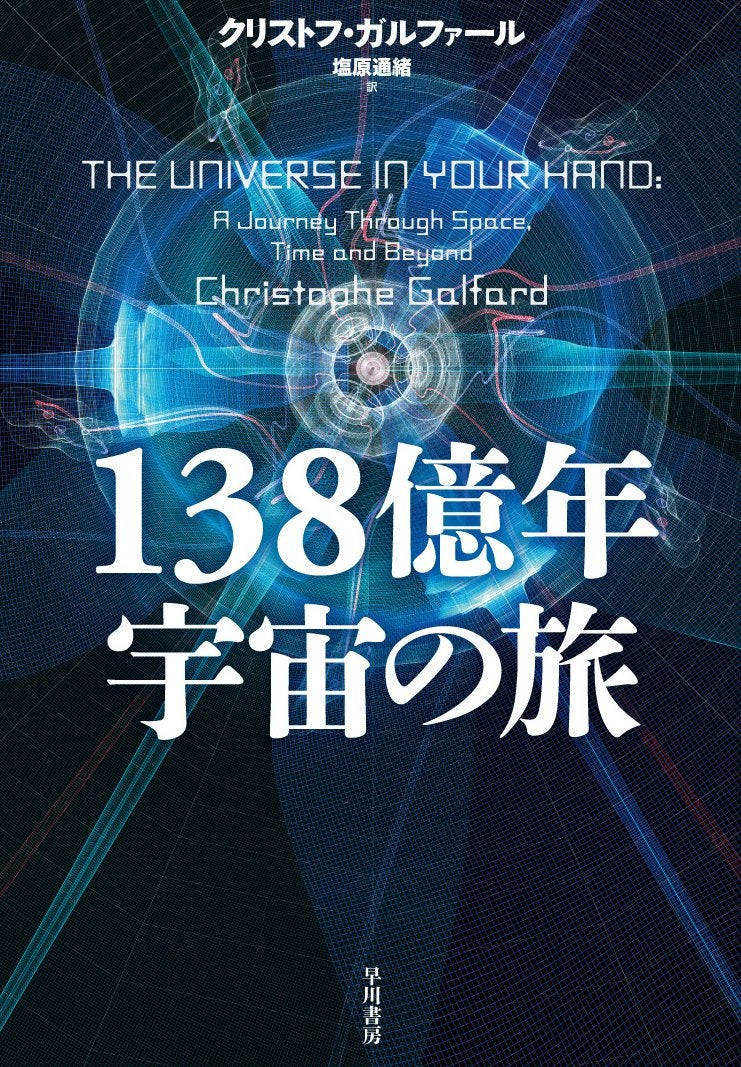


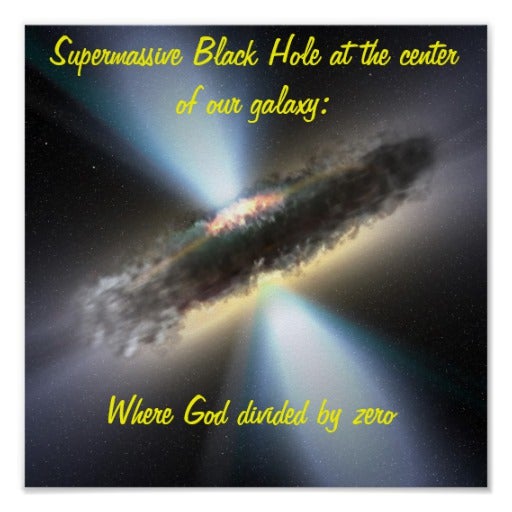

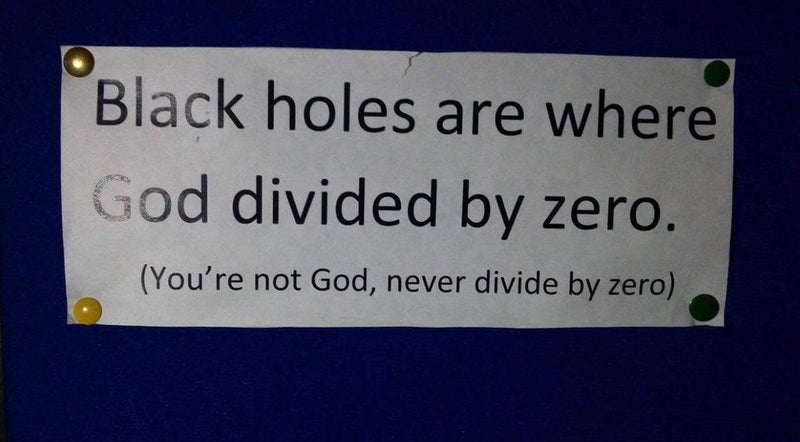
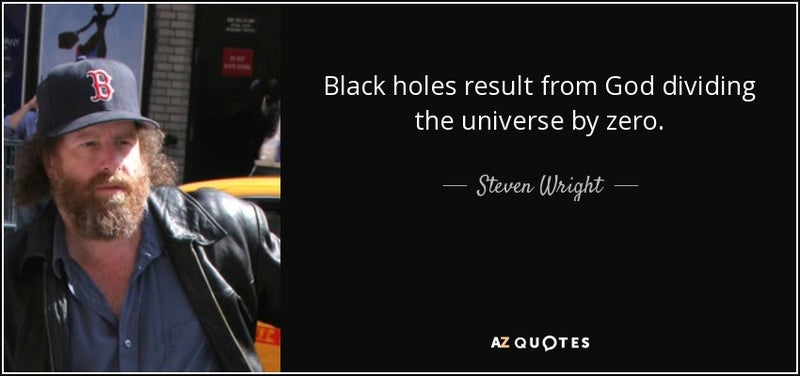





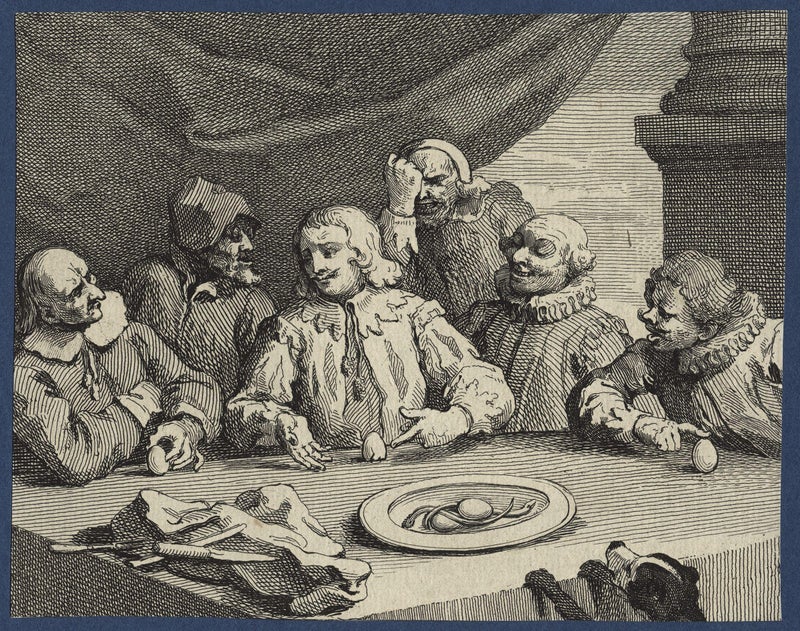







0 件のコメント:
コメントを投稿